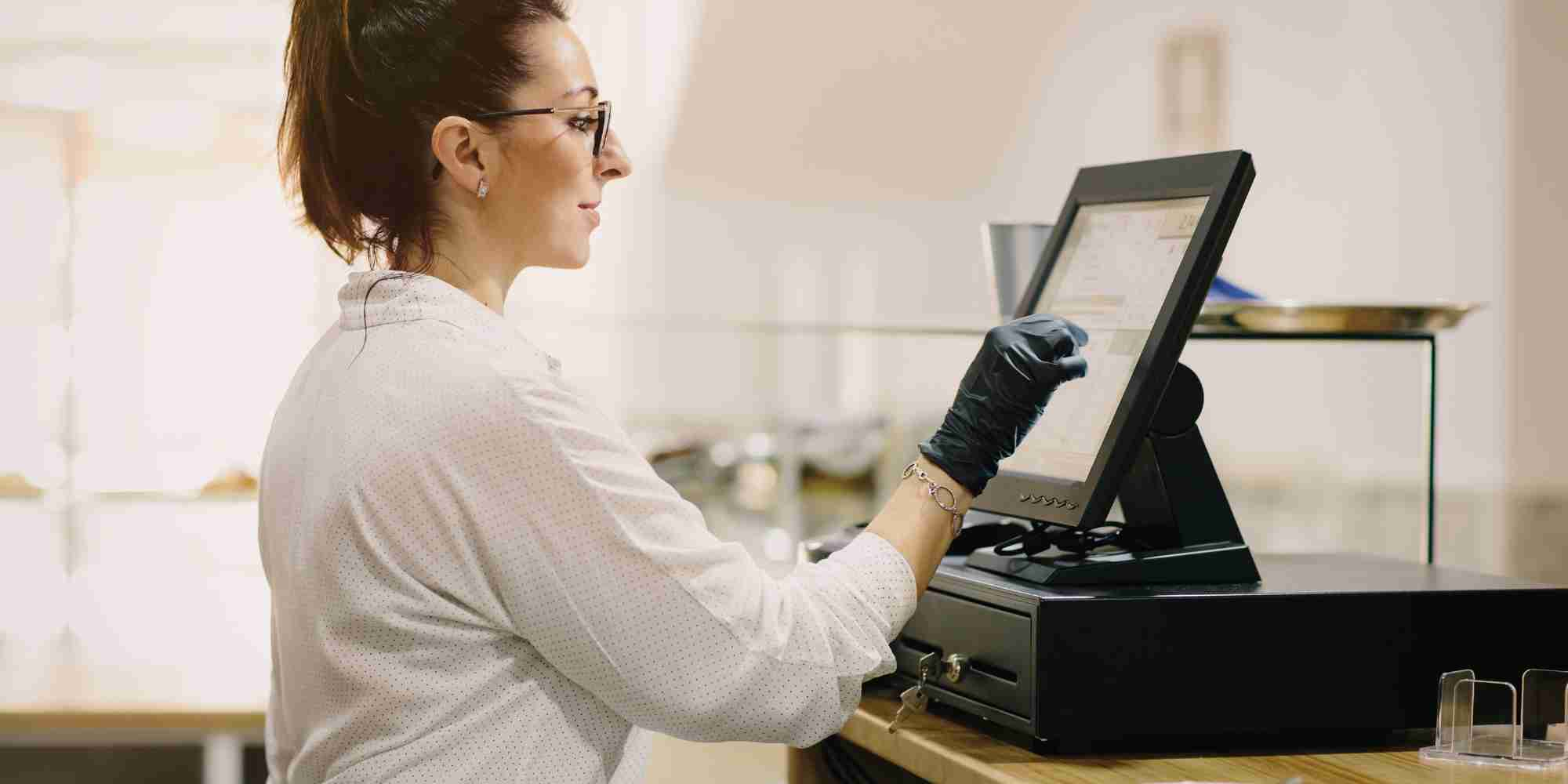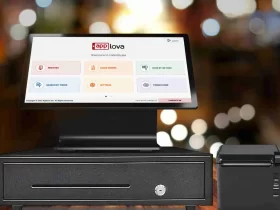In the competitive landscape of the restaurant industry, leveraging Point of Sale (POS) system data offers a powerful strategy for staying ahead. POS systems, once simple transactional devices, have evolved into comprehensive management tools that capture invaluable data. When properly analyzed and applied, this data can transform operational efficiency, customer satisfaction, and profitability. Let’s focus on how restaurant owners can exploit POS data to secure a competitive advantage.
Leveraging POS Data for Competitive Advantage
1. Unlocking Detailed Customer Insights using POS data
POS systems are goldmines of customer data. Every transaction tells a story, revealing not just what customers are buying but also when, how often, and in what combinations. By diving into this data, restaurants can uncover patterns and preferences that inform tailored marketing strategies, menu adjustments, and service enhancements. For example, noticing a trend in increased orders for plant-based dishes could lead to the introduction of new vegan options, directly catering to customer demands and setting your restaurant apart.
Must Read: How to Boost Revenue with Restaurant POS Systems
2. Optimizing Menu Performance
One of the most direct applications of POS data is in menu optimization. Sales analytics can pinpoint which items are the most popular and profitable, guiding decisions on what to promote or discontinue. This kind of analysis can lead to a more streamlined, appealing menu, reducing kitchen waste and increasing average ticket sizes. Furthermore, analyzing dish performance during different times of the day or week can help in crafting special offers or happy hour deals that drive traffic during slower periods.
3. Enhancing Inventory Management using POS data
Efficient inventory management is crucial for minimizing waste and maximizing profitability. POS data provides real-time insights into stock levels, consumption rates, and order histories, enabling precise inventory control. Restaurants can predict future stock needs more accurately, reduce overordering, and quickly adjust to changes in menu popularity. This not only cuts costs but also ensures that popular items are always available, enhancing customer satisfaction.
Must Read: 11 Essential Features Every Restaurant POS System Needs
4. Improving Staff Allocation and Service
Labor costs are one of the biggest expenses for restaurants. POS systems can track the busiest times and match them with staff schedules, ensuring that the restaurant is adequately staffed to handle peak periods without overspending during slower times. Additionally, POS data can highlight high-performing employees who generate the most sales, allowing for targeted training or reward programs that boost morale and productivity.
5. Crafting Targeted Marketing Campaigns
The detailed customer data captured by POS systems is a boon for marketing efforts. Understanding customer behavior and preferences enables the creation of personalized promotions, loyalty programs, and email marketing campaigns that speak directly to the customer’s desires. Restaurants can leverage this data to not only attract new customers but also encourage repeat visits from existing ones, effectively increasing the lifetime value of each customer.
Must Read: The Role of Restaurant POS Systems in the Restaurant Industry
6. Making Informed Business Decisions using POS data
Ultimately, the aggregated data from POS systems offers a comprehensive overview of a restaurant’s operations, from sales trends and customer preferences to inventory management and staff efficiency. This wealth of information supports informed decision-making, whether it’s expanding the business, exploring new menu concepts, or identifying cost-saving opportunities. In an industry where margins can be thin, such insights can be the difference between thriving and merely surviving.
Conclusion
In conclusion, the strategic use of POS data stands as a cornerstone for gaining a competitive edge in the restaurant industry. By unlocking the full potential of this data, restaurant owners can enhance every aspect of their operations, from front-of-house service to back-end management. The result is not just an increase in efficiency and profitability but also an elevated dining experience that can distinguish a restaurant from its competitors.
As technology continues to evolve, the ability to adapt and leverage new functionalities in POS systems will be crucial for staying ahead in the fast-paced world of restaurant management. Embracing these opportunities, restaurants can transform data into actionable insights, ensuring they meet and exceed customer expectations in an increasingly competitive market.










Leave a Reply